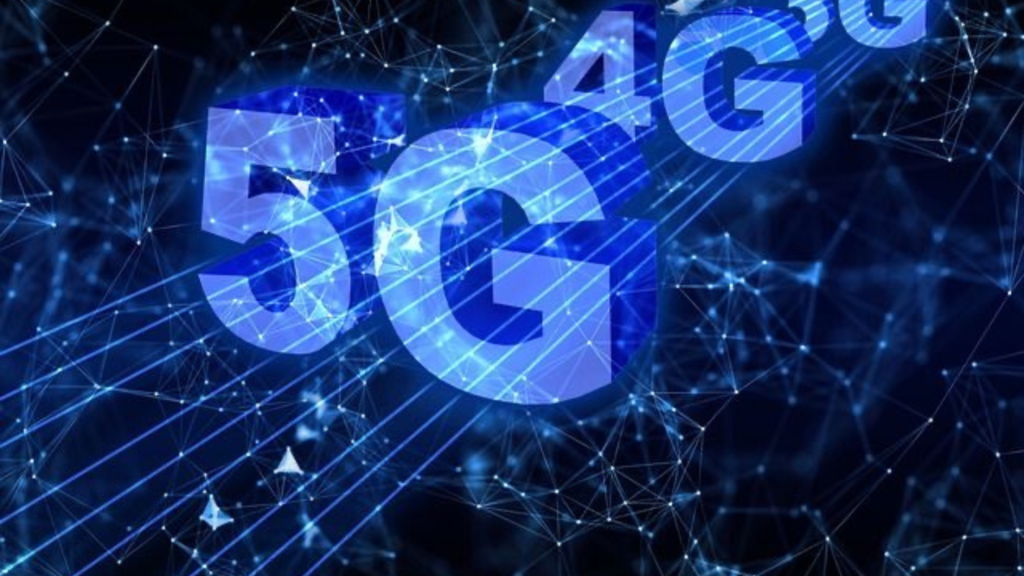

From the very first generation of wireless networks in the 1980s, the world of telecommunications has transformed beyond recognition. Every newer generation brought forth an unprecedented upgrade in the way people connected, the speed at which they did it, and the feasibility of its access. The latest generation, 5G, promises to change interaction, work, and lifestyles. The paper will discuss how the evolution of telecommunications went about changing the key features, benefits, and impact on modern society brought about by 5G.
The Journey to 5G

1G introduced voice calls over analog, 2G brought digital voice and text messaging, 3G brought mobile internet and video calling, and 4G/LTE brought faster data speeds, thus creating widespread mobile broadband adoption. 5G, launched in 2019, is the sea change for telecommunications, offering:
- Faster speeds (up to 20 Gbps)
- Lower latency (as low as 1 ms)
- Increased capacity (supporting 1 million devices per square kilometer)
- Enhanced reliability and security
Key Features of 5G
- Network Slicing: 5G enables multiple independent networks to share the same infrastructure with assured optimal performance for different use cases.
- Millimeter Wave Technology: Utilize the high-frequency spectrum to offer higher data transfer rates and lower latency.
- Massive MIMO: This is a concept that will increase network capacity and signal quality by advanced antenna technologies.
- Edge Computing: The processing of data closer to the user reduces latency, hence improving real-time applications.
Impact of 5G in Society
- IoT and Smart Cities: 5G facilitates seamless communication among devices for the creation of smart city architectures, thereby improving energy management and offering more efficient public services.
- Telehealth: 5G will finally allow the full deployment of telemedicine services, including remote monitoring and timely interventions, thus improving health outcomes.
- Enhanced Mobile Broadband: The difference in speed and low latency completely changes the face of mobile gaming, streaming, and online experiences.
- Industrial Automation: 5G will enable remote, precise control and monitoring of industrial processes, thus raising the speed and quality of work.
- Education and Research: 5G provides for immersive learning, remote collaboration, and faster data transfer for varied research applications..
Challenges and Future Directions
While 5G is a great opportunity, there are also challenges therein:
- Infrastructure Deployment: It requires huge investment in infrastructure for its wider penetration.
- Security Concerns: The additional complexity of 5G requires strong security that’s capable of ensuring user data protection.
- Spectrum Allocation: Spectrum allocation in such a way to use the available radio resources efficiently with seamless connectivity.
The arrival of 5G marks a milestone in the history of modern telecommunications. If utilized to its fullest potential, this technology promises to bring about changes that will be transformational in industries and aspects of life. Though challenges persist, advantages of 5G outweigh them. At this juncture in the era of connectivity, there is a dire need to address the challenges and consider future directions going ahead that will make this world seamless, secure, and connected.




